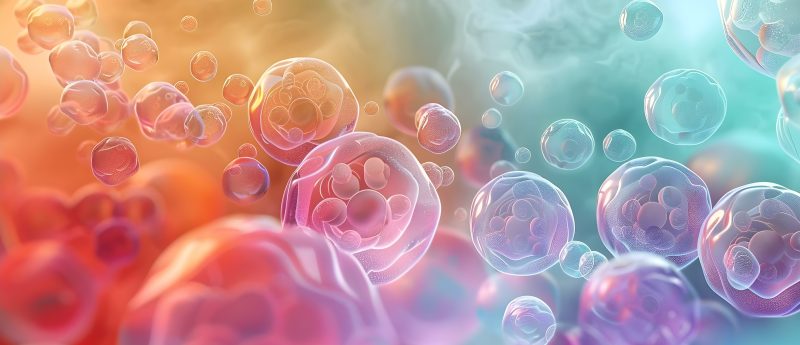A brief guide on designing a comprehensive cell and gene therapy bioanalytical strategy

The field of cell and gene therapy (CGT) is rapidly developing, with the number of therapies in development greatly increasing over the last five years. The application of CGT provides the promise of significant long-term health benefits to people suffering from a wide range of diseases, from ophthalmological disorders to cancer. In cell therapies, cells from a donor (allogeneic therapies) or from the patient (autologous therapies) are propagated outside the body and then introduced into the patient1. In gene therapies, modifications to the genetic material of somatic cells can be conducted inside (in vivo) or outside (ex vivo) the body1. ...

